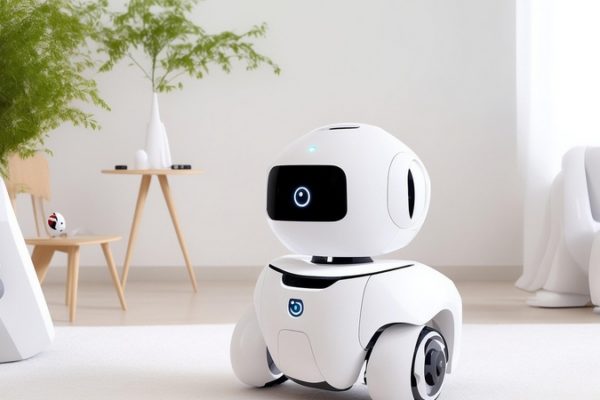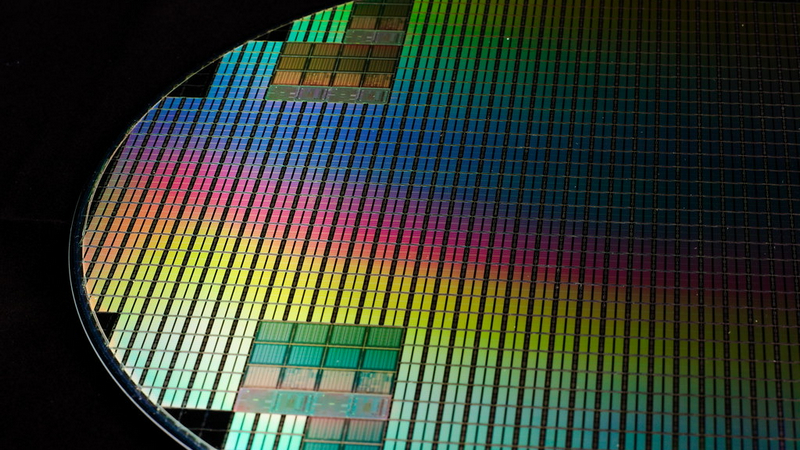
Reducing the size of transistors of semiconductors allows engineers to make more complex devices, and the trend of transistor counts doubling once every two years is known as Moore’s Law. However, as engineers shrink transistor sizes, there are concerns that the challenges posed by fundamental limits will soon prevent transistors from reducing in size. Despite these worries, Intel has recently announced that it fully intends to achieve 1 trillion transistor devices by 2030. What challenges do engineers face when shrinking transistor sizes, how would Intel achieve a 1 trillion transistor device, and what would such a device be capable of?
Top Stories This Week
- Intel To Aim For 1 Trillion Transistors By 2030
- RS Launches The RS Think Hub
- Qualcomm Talks Up RISC-V, Roasts ‘Legacy Architecture’ Amid War With ARM
- ARM Declines To Sell Neoverse V To Alibaba
- Flexible Electronics Firm Pragmatic Adds £28m Funding
- Fusion Industry Suddenly White-Hot After US Lab Breakthrough
- Apple’s Emergency SOS Via Satellite Prompts Rescue After Car Goes Off A Cliff North Of LA
- Cleaning Rivers In Hungary Using An Automated Solar-Powered Boat
- Electronic Nose Sniffs Out Prostate Cancer, Revolutionising Detection
- Wearable Electronics Could Soon Be Made With A Starch-Based Material To Prevent E-Waste
- MIPS Makes First RISC-V IP Core Available
Custom parts for startups & enterprises - order online, delivered same day.
Hardware Business News
RS Launches The RS Think Hub
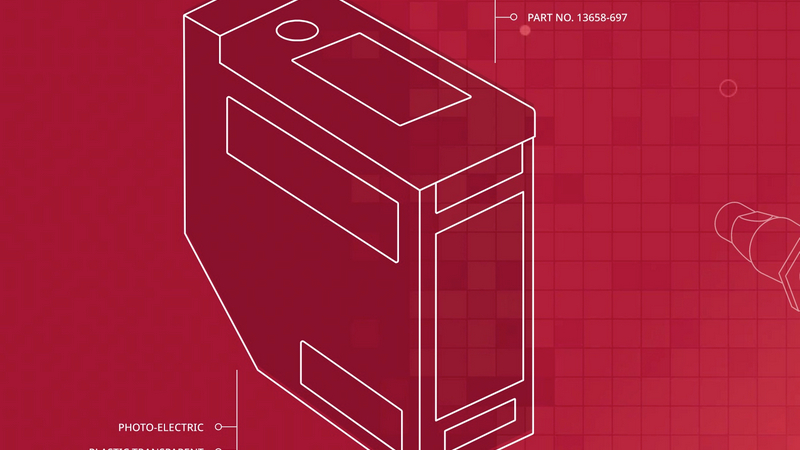
Engineers are faced with challenges on an almost daily basis, whether it is problems with a design, sourcing specific parts, or trying to organise supply chains. Getting help for such problems can in itself be a challenge, and in recognition of this, RS has recently announced the launch of RS Think Hub, a brand-new digital platform that it says will help to better support engineers across a wide range of industries. What challenges do engineers faced, what does RS Think Hub offer, and how can engineers get started with it?
Qualcomm Talks Up RISC-V, Roasts ‘Legacy Architecture’ Amid War With ARM
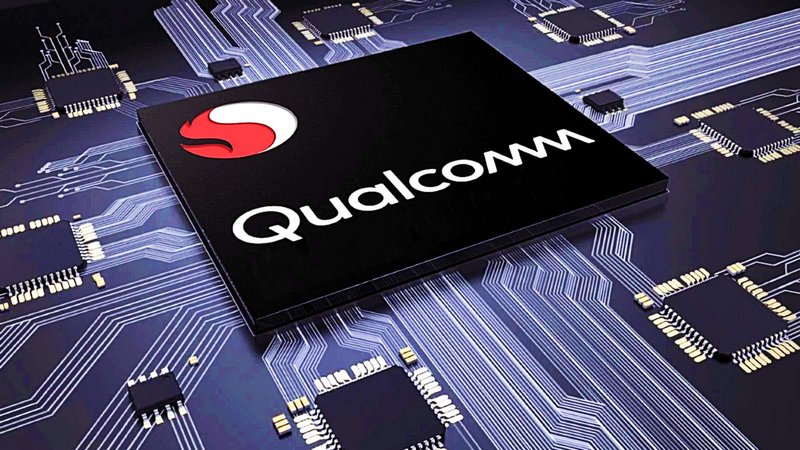
ARM has played a major role in the field of electronics as a RISC CPU ideal for low-energy applications, and the ability to license both the core and instruction set allows engineers a great deal of flexibility when creating new designs. However, some companies have started to struggle with ARM licensing practices, and the recent lawsuit between Qualcomm and ARM is a perfect example. In response to the challenges presented by ARM, Qualcomm is now considering a move towards RISC-V, calling ARM A legacy processor architecture. What challenges does ARM present, what exactly did Qualcomm say about ARM, and is ARM doomed to fail?
ARM Declines To Sell Neoverse V To Alibaba
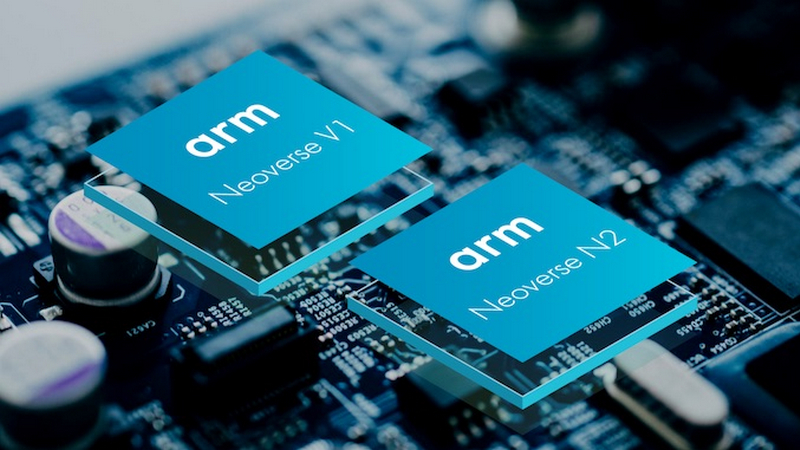
Over the past few years, China has faced increased scrutiny in its use of Western semiconductor products, and ongoing tension has now seen numerous trade restrictions put in place to prevent the Chinese military from accessing the latest technology. Despite ARM being a neutral company, it has recently announced that the sale of V1 and V2 Neoverse processors to the Chinese giant Alibaba has now been refused on grounds of national security and concerns that Chinese government officials will gain access to the technology via Alibaba. What challenges does China face, what is the Neoverse range of processors, and how will this restriction harm Chinese interests?
Flexible Electronics Firm Pragmatic Adds £28m Funding
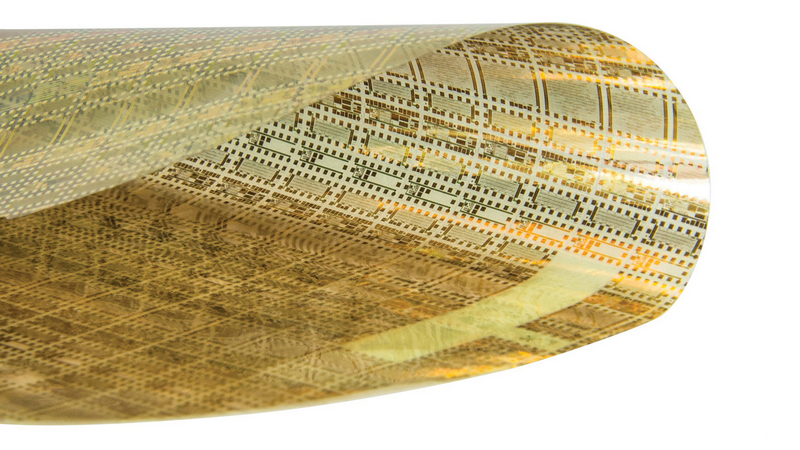
One area of electronics that has the potential to make massive changes to everyday life is flexible circuits. The ability to integrate circuits directly into clothing has the potential to create active health monitoring devices that can provide real-time diagnosis, while flexible circuits in product packaging can enable full traceability and environmental tracking. However, flexible circuits are still in their infancy due to the extremely challenging nature of the field, hence why flexible circuits are rarely seen. Recently, PragmatIC, a manufacturer of fully flexible semiconductors, has recently announced a round of funding that has raised over £28 million, which will be used to improve its technology and get more flexible devices onto the market. What challenges do flexible electronics face, who are PargmatIC, and how will the raised funds help?
Talk with an expert
Hardware Engineering News
Fusion Industry Suddenly White-Hot After US Lab Breakthrough
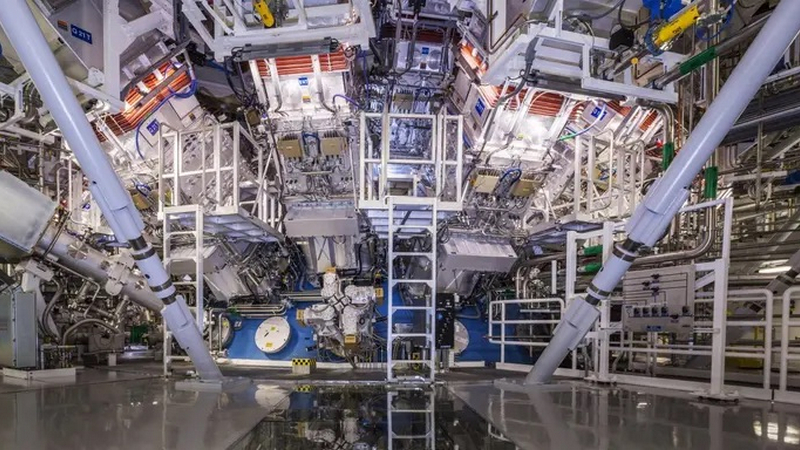
Fusion power is said to be the ultimate power that humans can harness, and yet, researchers have believed that this power source is only 20 years away for the past 50 years. While fusion reactions on Earth have already been achieved, trying to sustain these reactions and extract energy from them continues to allude researchers, but recently, research labs in the US announced that they had extracted more energy form a fusion reaction than what was put in. What challenges has fusion energy faced, why is it so important, and what would it do for human civilisation?
Apple’s Emergency SOS Via Satellite Prompts Rescue After Car Goes Off A Cliff North Of LA

Despite numerous advances in technology, those in remote places can struggle to get help as infrastructure is often non-existent. Worse, those who suffer an accident and become unconscious can be left unattended for long periods of time, and this can often lead to death. However, Apple’s new “Emergency SOS” service that lets off-grid iPhone users call for help via satellite has led to one of its first successful rescue operations, certainly the first to be documented live. What challenges does remote living present, how did the Apple device help, and could emergency satellite capabilities be integrated into more devices?
Cleaning Rivers In Hungary Using An Automated Solar-Powered Boat
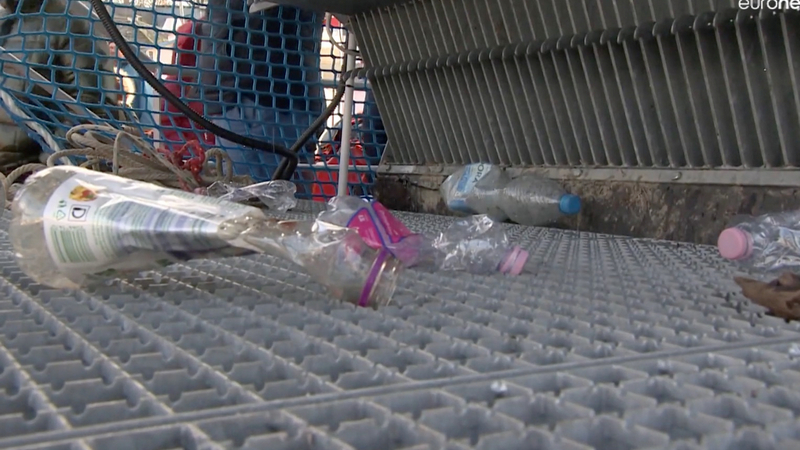
The industrial use of plastic over the past 50 years is starting to take its toll on the environment, and by far, one of the biggest concerns that researchers have discovered is the presence of microplastics in human blood. While recycling and laws preventing plastic use do help massively, the presence of plastic in the environment also needs to be addressed but trying to find this plastic can be troublesome. Recently, researchers in Hungry have turned to autonomous systems to identify floating plastics in rivers and remove it without the need for human intervention. What challenges does plastic present, why are researchers turning to automation, and could such solutions help solve the global challenges faced by plastic?
Hardware R&D News
Electronic Nose Sniffs Out Prostate Cancer, Revolutionising Detection
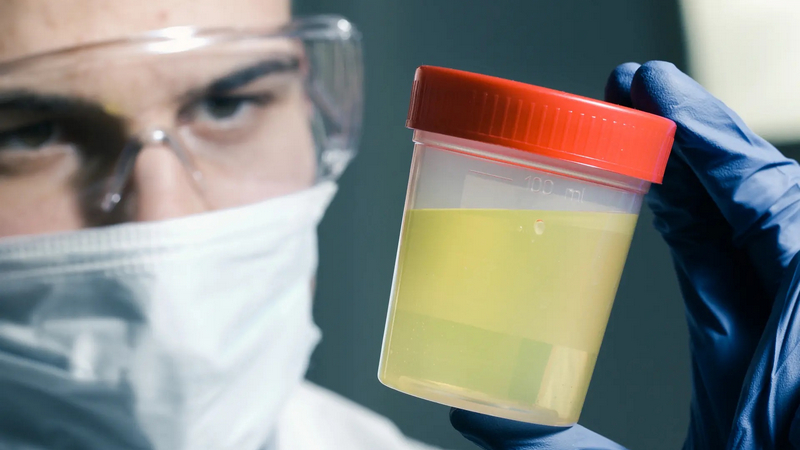
While doctors and researchers continue to identify causes of death, the most significant two by far are heart disease and cancer. Heart disease is tricky to identify as heart conditions can go unnoticed, and when it finally shows up as a heart attack, death is likely to occur. Cancer, however, is a particularly cruel disease as it is not easy to cure, can be difficult to identify, and when symptoms start to show, it can already be too late. Recognising the challenges faced by cancer detection, researchers recently demonstrated an electronic nose that can identify prostate cancer from urine samples. What challenges does prostate cancer present, what did the researchers develop, and how could such sensors help future cancer diagnosis?
Wearable Electronics Could Soon Be Made With A Starch-Based Material To Prevent E-Waste

Soft, wearable sensors can improve our lives, but these soft and stretchable electronic devices are nearly impossible to recycle. As a result, this electronic waste usually ends up in landfills or polluting the environment. Polymer scientists from the University of Groningen have now developed a starch-based polymer that makes it possible to create a fully biodegradable soft material for sensors. What challenges do wearable sensors face, what did the researchers develop, and how will they help the future of wearable devices?
Open-Source Hardware News
MIPS Makes First RISC-V IP Core Available
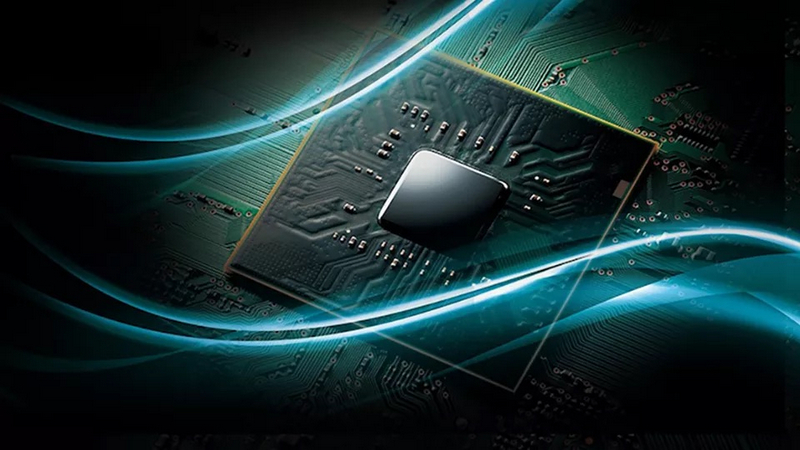
While numerous CPU architectures exist for engineers, RISC-V is by far seeing the fastest growth and popularity thanks to its open-source nature. But while the architecture itself is open-source, the physical implementation still requires engineers to either source of development, and this can be expensive. Now, MIPS, a company famous for its RISC development over the last few decades, has now announced that it is providing RISC-V CPUs for customers, providing industry-leading scalability. What challenges does RISC-V introduce, what has MIPS announced, and how can engineers get started with this tech?


